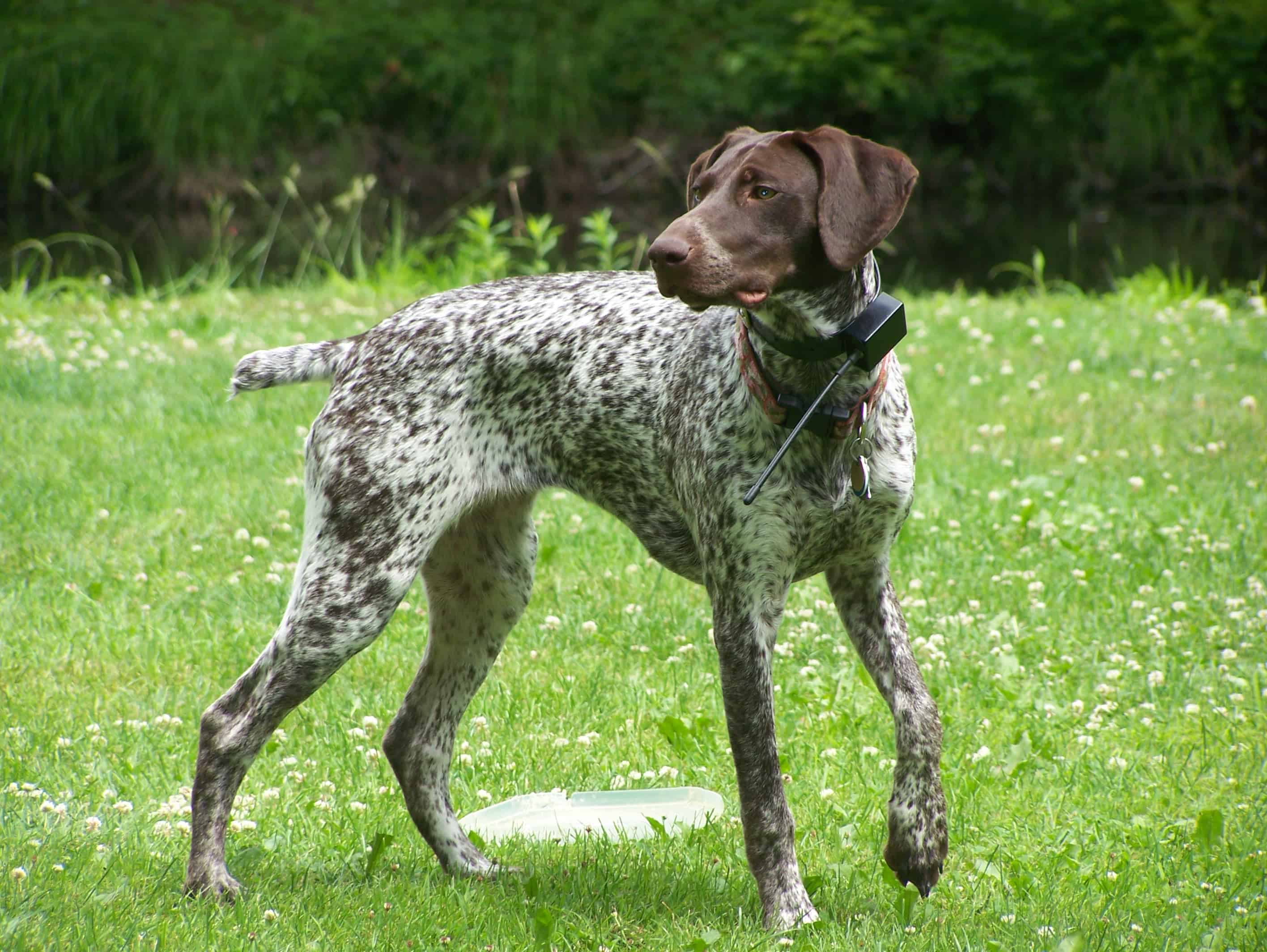The German Shorthaired Pointer: A Canine with an Unrivaled Sense of Smell
Introduction
The German Shorthaired Pointer (GSP), renowned for its exceptional hunting abilities, possesses a remarkable sense of smell that sets it apart from other breeds. This olfactory prowess, honed over centuries of selective breeding, has made the GSP an indispensable companion for hunters seeking game in diverse terrains. This essay will delve into the complexities of the GSP's sense of smell, examining its physiological mechanisms, behavioral traits, and the scientific evidence that supports its unmatched olfactory capabilities.
Physiological Underpinnings of the GSP's Olfactory Superiority
The GSP's highly specialized olfactory system begins with its nasal cavity, which is lined with millions of olfactory receptors. These receptors, each capable of detecting a specific chemical compound, allow the GSP to perceive and distinguish a vast array of scents. The combined surface area of these receptors far exceeds that of humans, granting the GSP an exceptional olfactory capacity.
Complementing the olfactory receptors is the GSP's intricate system of nasal turbinates. These bony projections within the nasal cavity increase the surface area available for scent detection, allowing the GSP to capture and process even the faintest of odors. The moist, mucus-covered lining of the nasal cavity ensures that odor molecules are efficiently dissolved and transported to the olfactory receptors.
Behavioral Manifestations of Olfactory Prowess
The GSP's refined sense of smell manifests in its characteristic hunting behaviors. When faced with a game scent, the GSP's nostrils flare, and its head lowers, as it concentrates on isolating and tracking the odor. Its tail, a sensory extension, wags rapidly, assisting in the turbulent flow of air over the olfactory receptors.
One of the most notable behavioral traits of the GSP is its ability to "quarter" the ground. This involves zigzagging across an area, keeping its nose close to the soil or vegetation, in order to cover as much terrain as possible and detect any scent trail left by game. This highly efficient technique allows the GSP to locate and pursue prey even in dense undergrowth or challenging weather conditions.
Scientific Evidence for Olfactory Superiority
Numerous scientific studies have corroborated the exceptional olfactory abilities of the GSP. A 2017 study published in the journal "Animal Cognition" compared the olfactory performance of GSPs with that of other breeds, including retrievers and beagles. The results demonstrated that the GSPs outperformed the other breeds in detecting and identifying both familiar and unfamiliar scents, further solidifying their status as the breed with the most sensitive nose.
Another study, conducted by the University of California, Davis, utilized functional magnetic resonance imaging (fMRI) to examine the brain activity of GSPs while processing odors. The study found that the GSP's brains exhibited significantly higher levels of activity in the olfactory cortex compared to other breeds, providing neuroimaging evidence for their superior olfactory processing abilities.
Implications and Applications
The unmatched sense of smell of the GSP has far-reaching implications and applications beyond hunting. In recent years, GSPs have been increasingly employed in search and rescue operations, where their ability to detect even faint human scents has proven invaluable in locating lost or stranded individuals. Their keen sense of smell has also been utilized in the detection of explosives, narcotics, and other illicit substances, making them indispensable partners for law enforcement agencies.
Conclusion
The German Shorthaired Pointer's sense of smell is an olfactory marvel, the result of centuries of selective breeding. Its physiological adaptations, combined with its characteristic hunting behaviors, have endowed the GSP with an unmatched ability to detect, track, and identify scents. Scientific research has consistently validated the exceptional olfactory capabilities of the GSP, supporting its reputation as the canine with the most sensitive nose.
Beyond its hunting prowess, the GSP's remarkable sense of smell has practical applications in various fields, including search and rescue, law enforcement, and medical detection. As our understanding of olfaction continues to grow, the GSP will undoubtedly continue to play a vital role in assisting humans in a wide range of endeavors, demonstrating the extraordinary power of a dog's nose.
The Versatile Nature Of Australian Shepherds: Fun Facts
Bulldogs And Their Love For Attention: Fun Facts
The Playful Side Of Bulldogs: Fun Games To Try



